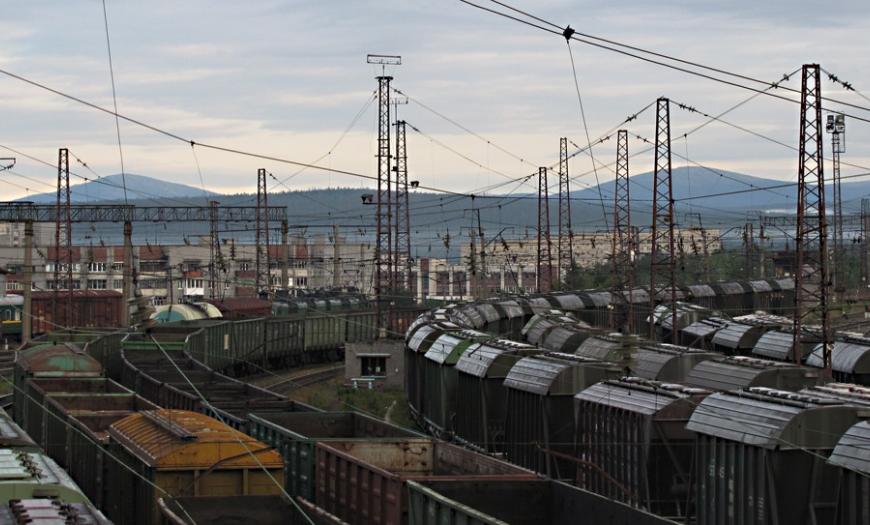The Belomorsk - Loukhi - Kandalaksha railway line is part of the Oktyabrskaya railway. The specialists of Lengiprotrans have developed a project for the electrification of this section.
The Loukhi - Kandalaksha section was the most difficult on the entire Murmansk route according to the terms of the plan and line profile, and therefore was included in the electrification plan. But its electrification has been delayed for two main reasons. First, the construction of the second track on the Apatity - Kandalaksha - Loukhi - Belomorsk section with major changes in the plan and profile. Secondly, the problem of direct or alternating current was solved for a long time, until the joining of the genera of currents along the contact network at Louhi station in 1965 was accepted.
Taking into account the harsh climatic conditions, in the project of electrification of the site at traction substations, silicon rectifiers of the PVE-3 type of internal installation were used. The equipment was placed in a 2-storey building of a typical Lengiprotrans traction substation with minor processing.
Within the framework of the Lengiprotrans project, together with TsNIIS, pile foundations were developed for the installation of contact network supports in soft soils in the presence of Ioldium clays, as well as EF-I shallow foundations with a widened flange, excluding piling in soft soils and reducing the volume of rock excavation. rocks.
For the first time in domestic practice, VAB-28 automatic machines for 6000 amperes were used on 3.3 kV feeders, since AB-2/4 automatic machines, previously installed on feeders, did not provide detuning from starting currents for trains with two VL-10 electric locomotives. In this project, a filter device of the Central Research Institute, a non-contact teleblocking device of the UTB-71 type and a new, more advanced control panel were introduced.
On the supports of the contact network, tubular consoles with struts are used instead of channel ones, as they are less metal-intensive, as well as three-beam foundations, which give a significant reduction in the consumption of concrete and metal.


